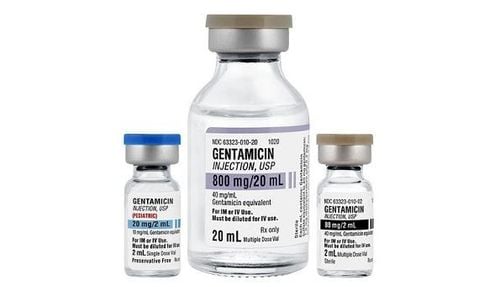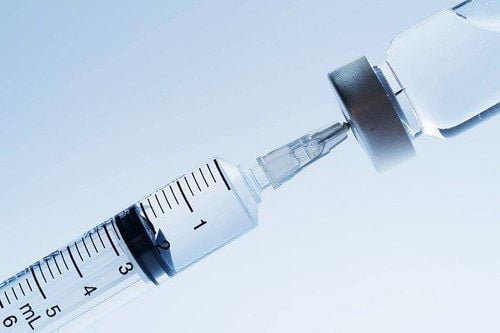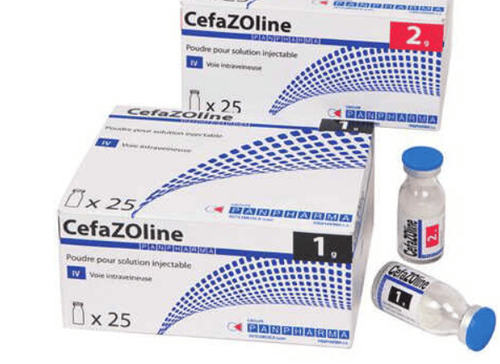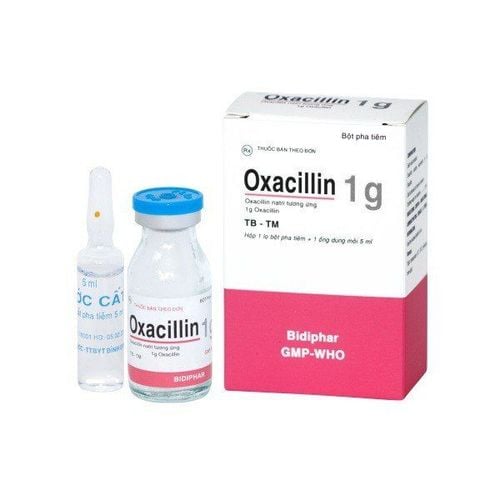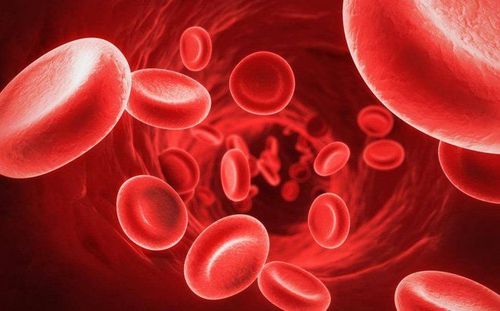This is an automatically translated article.
Septic shock is a state of shock that occurs when the body has a severe infection, has turned to sepsis and has cardiovascular dysfunction. Diagnosis of sepsis requires finding the source of the infection as well as assessing the function of the organ systems for timely treatment.
1. What is septic shock?
Septic shock (or septic shock) is the most severe phase of a continuum that begins with a systemic inflammatory response to infection, severe sepsis, septic shock, and multiple organ failure.
When transitioning to septic shock, the patient developed sepsis with hypotension and cardiovascular dysfunction. At this stage, the prognosis is quite severe, the risk of death can be up to 40 - 60%.
Systemic inflammatory response syndrome (SIRS): When 2 or more factors are present:
Body temperature > 38 degrees C or < 36 degrees C Heart rate > 90 l/min Tachypnea > 20 l/min or PaCO2< 32 mmHg Blood white blood cells > 12,000/mm3 or <4,000/mm3 or presence of >10% immature leukocytes. Sepsis: The patient has a foci of infection and has developed systemic inflammatory response syndrome (SIRS).
Severe sepsis (severe sepsis): When sepsis is accompanied by target organ dysfunction.
Common dysfunctions on cardiovascular, respiratory, neurological, hematologic, liver and kidney systems such as: acute respiratory distress syndrome (ARDS), acute tubular necrosis, mental disorders disseminated intravascular coagulation (DIC), acute hepatitis, gastric dilatation, paralytic ileus,...
Septic shock
Patients who have progressed to septic shock often have sepsis very severe with hypotension (diastolic BP <90 mmHg or 40 mmHg decrease from previous normal), despite adequate fluid resuscitation, with perfusion abnormalities (lactic acidosis, oliguria, perceptual disturbances...).

2. Diagnosis of septic shock
2.1. Clinical Question: If the patient is no longer awake, the doctor can ask relatives to provide information for emergency assistance such as:
History: Vaccination, immunodeficiency, chronic disease. .. Risk factors: Prematurity, malnutrition, drainage or interventional procedures.... Initiation symptoms: help identify the primary infection and target the causative agent: infection respiratory, digestive, urinary, skin infections... Clinical examination
Detect signs of systemic inflammatory response syndrome: temperature, pulse, blood pressure, breathing rate. Signs of shock: Early signs of shock (compensated shock): mental changes (excitement of irritability, fatigue but still awake), tachycardia or normal, blood pressure slightly elevated or within normal limits Normally, urine output decreases < 1 ml/kg/h, refill < 2 seconds). Detection of infectious foci: Skin, incision, ENT, lung, urine. Indications of infection: purpura necrotic, ecchymosis, erythema. 2.2. Laboratory tests and techniques needed to diagnose septic shock:
Blood tests: Complete blood count (white blood cell count, Hb, platelet count), indicators of liver and kidney function, and kidney function. Coagulation capacity, Blood sugar, lactate, electrolytes, blood gases,... Culture samples of suspected infection foci: pus, sputum, urine, stool,... preferably before antibiotics. Blood culture: Do before antibiotic injection. Collect at least 2 blood samples to send blood culture, of which: 1 intravenous sample stored for more than 48 hours and 1 peripheral route. CRP/procalcitonin: C- Reactive Protein (CRP) and Procalcitonin (PCT) are biomarkers. Quantitative testing of CRP and procalcitonin blood levels can help diagnose and monitor inflammation caused by bacterial infections. The CRP test allows the identification of inflammation much earlier than using the erythrocyte sedimentation rate. Tests and exploratory ultrasound help detect lesions, infections or abscesses by: X-ray of the lungs, abdominal ultrasound, CT Scan... 2.3 Definitive diagnosis When all three of the following criteria are met:
Severe infections of infectious origin. Dysfunction of at least one organ. Hypotension unresponsive to fluid resuscitation. Differential diagnosis
Hypovolemic shock: Dehydration or blood loss, low central venous pressure, shock that responds well to fluid or blood replacement. Cardiogenic shock: Occurs after acute myocardial infarction with low EF. Anaphylaxis. Diagnosis of severity
If progression to multi-organ failure is a serious prognostic factor. Gradual elevation of blood lactate and hypotension unresponsive to vasopressors are severe manifestations of septic shock.
3. Continuous emergency dialysis for patients with septic shock/multiple organ failure

Emergency dialysis is a technique to filter the blood of water and solutes, allowing continuous elimination from the patient's blood (> 12 hours/day), especially solutes with stool weight less than 50,000 daltons. .
With a large volume of fluid replacement (≥ 35ml/kg/hour) through the convection mechanism, emergency dialysis helps to remove solutes with an average molecular weight similar to that of pro-inflammatory substances, on the other hand, correct the disorders of water, electrolytes, acid-base balance and are safe for patients with hemodynamic instability through convection and ultrafiltration.
Dialysis as soon as possible after diagnosis of septic shock, note only when the infection has been resolved by aspiration, drainage or surgical surgery if indicated.
Emergency continuous dialysis is currently being applied at most hospitals in Vinmec Health System. The emergency system strictly follows the procedure as well as ensures effective homeostasis. Along with a system of modern machinery and equipment, hospitals have been effectively treating people with septic shock both in terms of hemodynamics, pH changes and blood lactate with high success rates, if provided. Timely treatment can minimize the possibility of complications later.
Vinmec Hospital is currently using Fresenius' multiFiltrate continuous dialysis machine with many outstanding advantages such as:
Convenient and intuitive. Safe and easy to use. Full range of renal replacement therapy. Automatically help users find the possible cause as well as reasonably suggest how to solve the problem as quickly as possible when there is an alarm. The system can save up to 3,500 parameters and treatment-related problems during treatment. In which, doctors directly perform emergency dialysis for patients at the Emergency Department of hospitals:
Vinmec Da Nang Hospital: Dr. Nguyen Thai Tri and Dr. Dr. Tong van Hoan Vinmec Nha Trang: Doctor Le Viet Cuong, Doctor Le Hieu Hai Vinmec Phu Quoc: Doctor Tran Quoc Tuan, Doctor Pham Minh Quan, Doctor Luong Vo Quang Dang, Doctor Le Nguyen Tri Dung. Especially, up to now, only Vinmec Phu Quoc can do it on the island. Apply to ICU patients with indications for dialysis. Vinmec Times City : Emergency dialysis is conducted by intensive care physicians (ICUs).
Please dial HOTLINE for more information or register for an appointment HERE. Download MyVinmec app to make appointments faster and to manage your bookings easily.




